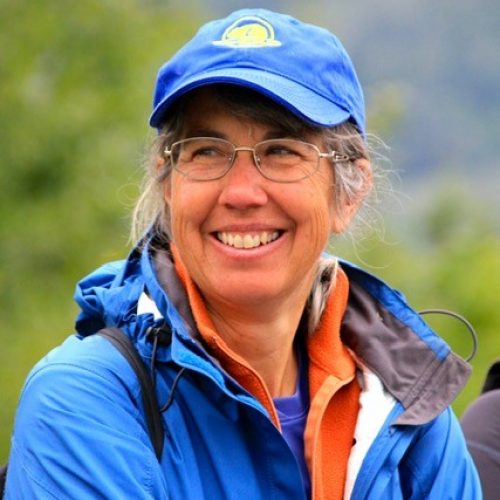
Messy Rivers are Healthy Rivers: The Role of Spatial Heterogeneity in Sustaining River Ecosystems
Ellen Wohl received a BS in geology from Arizona State University and a PhD in geosciences from the University of Arizona. She is a professor in the Department of Geosciences at Colorado State University and a University Distinguished Professor. Her research focuses on physical processes and forms in river channels and floodplains, and how these interact with biogeochemistry and ecological and human communities. She has conducted field research in diverse environments around the world.
Perceptions of river health are strongly influenced by expectations regarding a natural river. Many observers expect clear water, a slightly sinuous river with pools and riffles, and some riparian trees. River health, however, is much more complicated and multifaceted.
The physical appearance of a river, for example, depends strongly on geomorphic context and river history. Complexity can be described with respect to the stream bed, banks, cross-sectional form, and planform of the river and floodplain.
The configuration of each of these components of a riverine system has implications for habitat abundance and diversity, sensitivity and resilience of the river to natural and human-induced disturbances, retention of water, sediment and nutrients, and connectivity within the riverine system and between the river and adjacent uplands.
Many types of resource use simplify rivers to the point that the river undergoes a metamorphosis, or a thorough, sustained change in channel form and function. Loss of beaver dams and channel-spanning logjams in mountainous headwater rivers in
Colorado, for example, has resulted in metamorphosis of physically complex, anastomosing channels that were highly connected to adjacent floodplains. These rivers have assumed an alternate stable state as single-thread channels with limited retention and resilience.
Effective, sustainable river restoration involves (i) characterizing the magnitude of different forms of physical complexity naturally present in a particular river segment, (ii) understanding the effects of physical complexity on river ecosystem function, and (iii) assessing the degree to which this level of physical complexity can be restored or mimicked. An important part of this process may be educating stakeholders regarding the importance of physical complexity – messiness – in healthy rivers.

